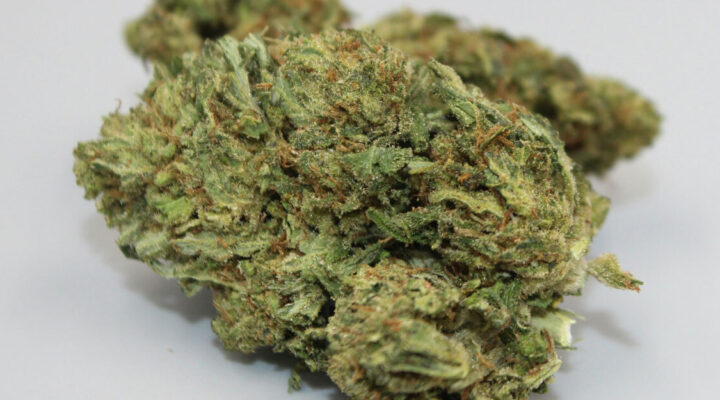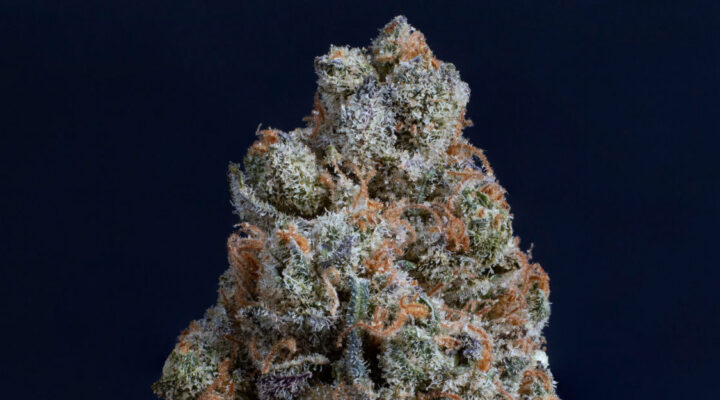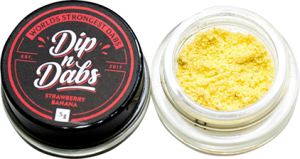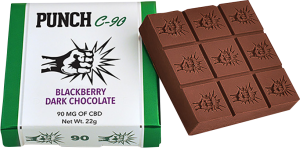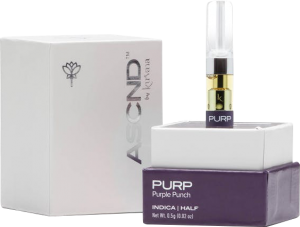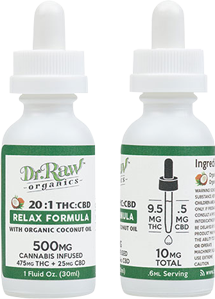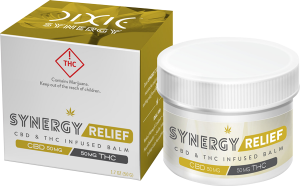Rob’s Cannabinoid Reference Guide and Breakdown
Knowing Is Half The Battle
You ever wish you knew more about how cannabis worked? Or what the different chemical breakdowns did, and how they interacted with the human body? Or what a cannabinois is? We thought you might, because you aren’t your run of the mill ordinary cannabis consumer. You expect more from the shops you visit and the products you purchase. It is the combination of quality product, plus a high level of knowledge of the cannabis world that matters to a true connoisseur like you.
Or maybe you’re new to cannabis and aren’t sure what to look for. Possibly you are an athlete looking for something to enhance your training and recovery regimen. Perhaps you are looking into cannabis for health reasons and want to insure you are getting the right product for your condition. That is why we make sure we know cannabis better than anyone else, so we can pass that knowledge on to you.
In this case we went back to our Mankind Cannabis resident science nerd and longtime cannabis professional Rob to provide you with the Mankind Periodic Cannabinoid breakdown.
So What Is A Cannabinoid and What Do They Do?
The simple and short answer is that cannabinoids are chemicals. These chemicals are what give the cannabis plant it’s many different properties. These properties provide a wide range of effects within the human body. So now that we know what they are in a nutshell, how about what do they do, and how do they do it.
Cannabinoids interact with receptors throughout the body including the endocannabinoid, immune system and the central nervous system. The body has two types of receptors: CB1 receptors in the brain and central nervous system, and CB2 receptors in the immune system. The cannabinoids in marijuana mimic the natural compounds in your body, binding to these receptors inside the body. This binding process is the reason you feel the physical effects, or high, of using cannabis.
Different types of cannabinoids tend to bind with receptors in different locations in the body. This is part of the reason different cannabinoids have different effects. For example, THC, which is responsible for causing a high, binds well with receptors in the brain. This in turn helps amplify that high feeling.
When plant is heated or ages it causes decarboxylation. Decarboxylation a chemical reaction that removes a carboxyl group and releases carbon dioxide (CO2). What this basically means is the living acids in the plant are broken down into the cannabinoids which we’ll reference here. For example, if you see THC-A and THC, you can know that THC-A refers to the acid in the living plant while THC refers to the psychoactive compound in the smoke or vapor.
When you smoke or vape, the cannabinoids go directly into your lungs quickly and then immediately on to the heart, which gets the cannabinoids to the brain quickly. In the brain, the cannabinoids lock on to the receptors, which initiate the physical effects.
Cannabinoid Breakdown
Compound: Cannabigerolic Acid
Abbreviation: CBGA
(Breaks down into CBG when exposed to heat or over time.)
Characteristics: Antibiotic. Not Psychoactive.
Compound: Cannabigerol
Abbreviation: CBG
Characteristics: Antibiotic, Antifungal, Anti-inflammatory, Analgesic, GABA uptake inhibitor, reduces keratinocytes proliferation in psoriasis, effective against MRSA, Not Psychoactive.
Compound: Cannabichromene
Abbreviation: CBC
Characteristics: Antibiotic, Antifungal, Anti-inflammatory, Not Psychoactive.
Compound: Cannabidiolic Acid
Abbreviation: CBDA
(Breaks down into CBD when exposed to heat or over time.)
Characteristics: Antibiotic
Compound: Cannabidiol
Abbreviation: CBD
Characteristics: Anxiolytic, Antipsychotic, Analgesic, Anti-inflammatory, Antioxidant, Antispasmodic, Anti-emetic, Antifungal, Anti-convulsant, Antidepressant, Antagonizes the effects of THC, such as inebriation, sedation, and racing heart.
Compound: Cannabinol
Abbreviation: CBN
Characteristics: Sedative, Antibiotic, Anti-convulsant, Anti-inflammatory, decreases breast cancer resistant protein, effective against MRSA.
Compund: Tetrahydrocannabinolic acid
Abbreviation: THCA
Characteristics: Anti-inflammatory, Neuroprotective, Anti-emetic, Anti-proliferative, Not psychoactive.
Compound: Delta-9 Tetrahydrocannabinol
Abbreviation: Delta-9 THC
Characteristics: Euphoriant, Analgesic, Anti-inflammatory, Antioxidant, Antiemetic, Antipruritic, Bronchodilator, Psychoactive.
Compound: Delta-8 Tetrahydrocannabinol
Abbreviation: Delta-8 THC
Characteristics: Antiemetic, Anxiolytic, Appetite-stimulating, Analgesic, Neuroprotective, Psychoactive. Delta-8 compounds the effects of CBD and binds to both the CB1 and CB2 receptors.
(Described as the calming effects of CBD but with a pleasant high that you wouldn’t normally get from the non psychoactive CBD.)
Compound: Delta-9 Tetrahydrocannabivarin
Abbreviation: THCV
Characteristics: Analgesic, Euphoriant, reported to have nearly psychedelic effects in high doses.
The More You Know
There you have it. A quick and easy reference guide to cannabinoids and what they do. Of course you don’t have to memorize all of this (you could, but we don’t require it). Our Mankind bud tenders are well versed on all of the information you just read. They are happy to help, answer your questions, and provide you guidance. Whether it’s your first purchase or your hundredth, Mankind Cannabis has your back.


